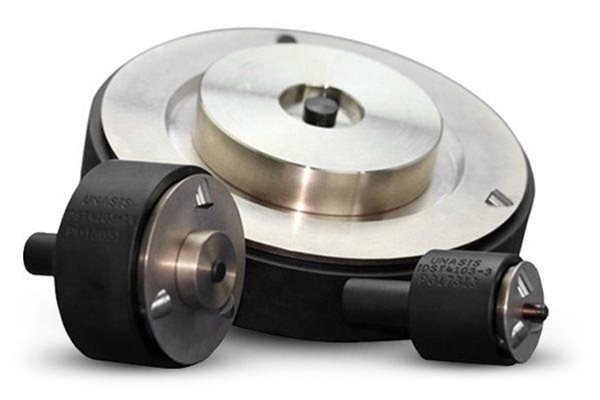In the intricate world of mechanical engineering, the effective use of bearing swaging tools is an art that can elevate the performance and longevity of machinery. Whether you’re a seasoned professional or a novice in the field, these top 10 tips will guide you in harnessing the full potential of Bearing Swaging Tools. Let’s dive into the nuances of this essential skill set.
1. Understand Tool Specifications
Before embarking on any swaging task, it’s crucial to familiarize yourself with the specifications of the bearing swaging tools. Different tools are designed for specific bearing sizes and types, and using the right tool ensures precision and efficiency.
2. Ensure Proper Lubrication
Lubrication is the lifeblood of any mechanical process, and swaging is no exception. Before initiating the swaging operation, ensure that both the tool and the bearing are adequately lubricated. This reduces friction, enhances tool performance, and extends the life of the bearing.
3. Secure the Bearing Properly
Proper securing of the bearing is foundational to successful swaging. Ensure that the bearing is securely positioned within the tool to prevent slippage or misalignment during the swaging process. A securely held bearing guarantees accurate shaping.
4. Mind the Swaging Force
Swaging involves the application of force to shape the bearing. It’s crucial to apply the right amount of force. Too much force can lead to deformation, while too little may result in an incomplete swage. Understand the force requirements for each specific swaging task.
5. Adopt Proper Swaging Techniques
Every swaging tool comes with its recommended techniques. Be it rotary swaging or orbital swaging, understanding and adopting the right technique is vital for achieving the desired precision in shaping bearings. Follow the manufacturer’s guidelines closely.
6. Regularly Inspect the Tools
Well-maintained tools are essential for consistent and effective swaging. Regularly inspect the tools for signs of wear, damage, or misalignment. Replace or repair any worn-out components to maintain the tool’s optimal performance.
7. Work in a Controlled Environment
Swaging is a delicate operation that demands concentration. Perform swaging tasks in a controlled environment, free from distractions or disruptions. This ensures that you can focus on the task at hand, minimizing the risk of errors.
8. Utilize Safety Equipment
Safety should always be a priority. Wear appropriate personal protective equipment, including gloves and safety glasses, to protect yourself during the swaging process. Additionally, make sure the work area is well-ventilated.
9. Inspect the Swaged Bearings
After the swaging process is complete, carefully inspect the swaged bearings. Check for uniformity, surface finish, and any signs of defects. This post-swaging inspection ensures that the bearings meet the required standards.
10. Invest in Quality Tools
Last but not least, invest in high-quality bearing swaging tools. Quality tools not only enhance the precision of the swaging process but also contribute to the overall efficiency and longevity of the bearings.
Conclusion
Mastering the effective use of bearing swaging tools is a journey that requires a combination of knowledge, skill, and attention to detail. By following these top 10 tips, you can elevate your swaging proficiency, ensuring that each task is executed with precision and finesse. In the pursuit of precision engineering, Smith Machine and Tool stands as a reliable companion. Their commitment to quality and innovation aligns seamlessly with the precision demanded by bearing swaging tools. Discover more about their contributions to the industry at Smith Machine and Tool.

